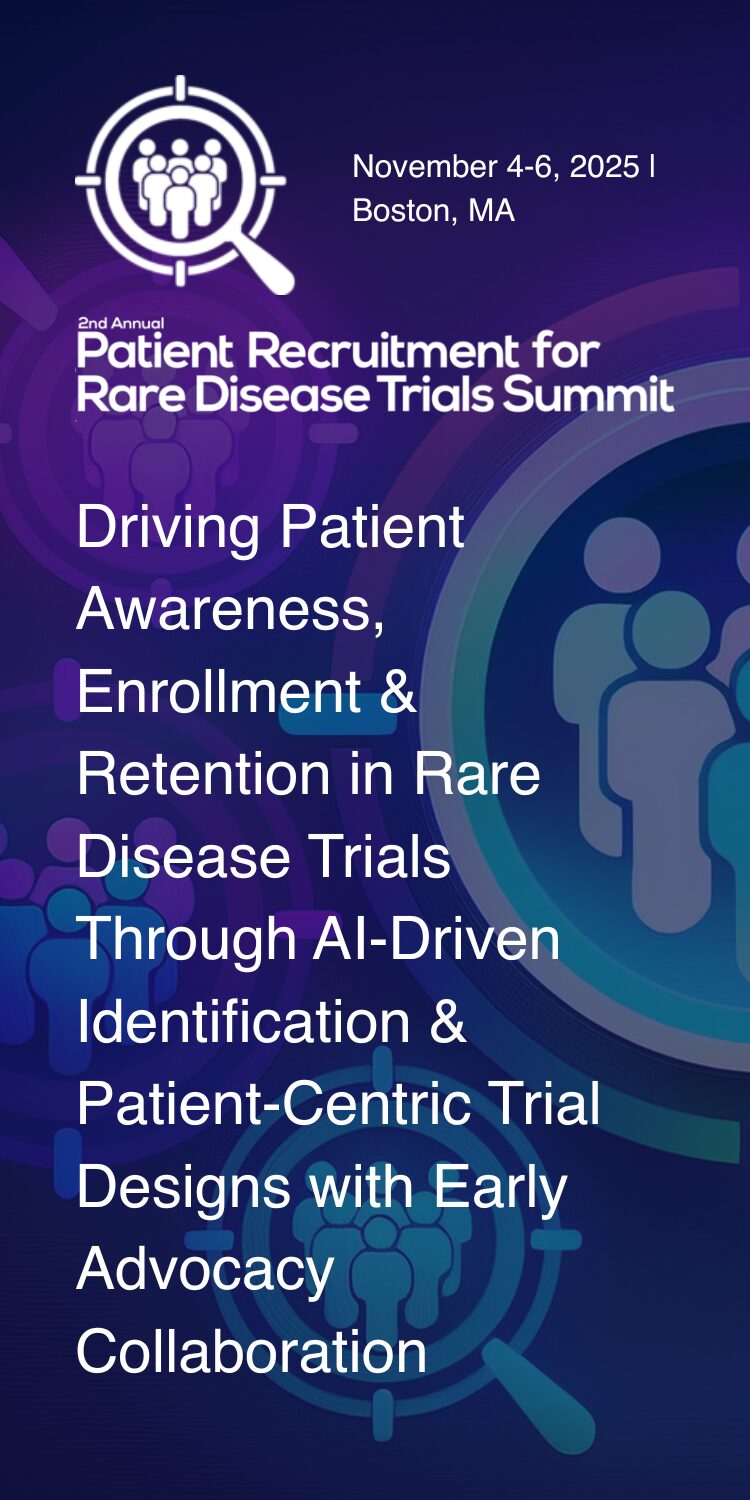Shaishav Dhage, MD, Endocrinologist at The Christie Hospital, discusses a case report on a patient with alemtuzumab-induced thyroid eye disease (TED).
TED is a rare autoimmune disease that can dramatically impact a person’s vision. The condition often occurs in people with hyperthyroidism or Graves’ disease (GD), but also can occur in association with hypothyroidism, euthyroidism, and Hashimoto’s thyroiditis. GD affects approximately 1% to 2% of the adult population, with an estimated 40% of GD patients subsequently developing TED over the course of their lifetime. The onset of TED typically occurs between 30 and 50 years of age, with the disease course more severe after age 50. Common symptoms can include upper eyelid retraction, dry eyes, inflammation, light sensitivity, as well as the sensation of a foreign body present in the eye.
Alemtuzumab is a humanized monoclonal antibody that targets CD52 glycoprotein found on most mature leukocytes. The treatment is used in patients with relapsing/remitting multiple sclerosis. Due to its immunomodulatory effects, however, it is commonly associated with secondary autoimmunity. Although not frequently observed, alemtuzumab-induced TED (AI-TED) is a possible secondary autoimmunity. It is caused by antibody-mediated activation of the thyroid-stimulating hormone receptor in orbital tissues.
Two patients were reviewed who developed AI-TED between one to three years after treatment. The average clinical activity score on presentation was 3/7, which was also the peak score during the active phase of disease. Both patients were treated with lubricant eye drops, selenium, and intravenous methylprednisolone. One patient also required mycophenolate mofetil and azathioprine as second-line therapy before remission was achieved.
The review highlights that as the use of alemtuzumab increases in the management of MS, the incidence of AI-TED is likely to also increase. AI-TED can develop several years following treatment, requiring careful attention for timely diagnosis, especially in mild cases. The potential for significant morbidity in moderate to severe TED emphasizes the importance of early recognition, diagnosis, and appropriate treatment.
To learn more about TED and other rare ophthalmology conditions, visit https://checkrare.com/diseases/ophthalmology-eye-diseases/

